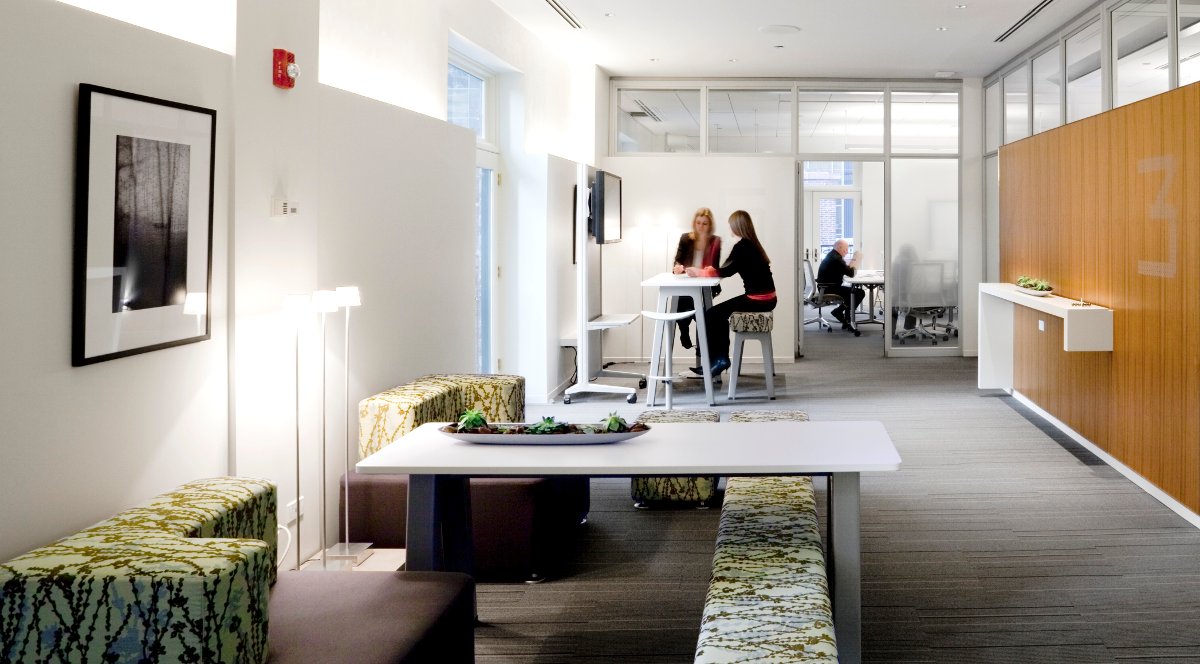
Farewell...
Workspring has chosen not to renew its lease in downtown Chicago. It has been our team’s pleasure to provide thousands of training, brainstorming and strategizing experiences to companies across the globe, and we are grateful to all of our customers. If you need to contact us, email info@workspring.com.
Insight-Driven Design: Five Senses

The culture of work is changing. Workspring Managing Director Danielle Galmore spoke at Chicago Ideas Week on how insight-driven space design stages great experiences and inspires people to be more productive and creative.
Neuroscience helped us understand how stimulus can enhance an experience and imprint a memory. Danielle used the 5 Senses framework to show how to activate the senses with key design elements, which are used at Workspring itself.
1. SIGHT
Colors have a unique effect on people and are often used to stimulate (or discourage) different parts of the brain. For example, the color blue has shown to have a calming, soothing effect on the brain. Thus, Workspring has painted some walls throughout the space a light shade of blue to encourage calming neurotransmitters and to increase feelings of wellbeing.
2. HEARING
Music influences the way we feel and think. Choosing to listen to classical music will have a different effect on the mind than listening to alternative rock. The time of the day when one is listening to music can also influence the level of productivity. Conversely, too much noise can result in unproductively. See our blog post, What’s the Most Distracting Noise?
3. SMELL
Did you know what you smell can influence your dreams? At Workspring, we consider and use the smell of coffee and florals to have a stress-relieving effect on guests in the space.
4. TASTE
When you work at Workspring, you will notice the variety of textures and flavors found in our food: savory versus sweet, crunchy versus chewy—imprinting different experiences to your day.
5. TOUCH
Touch is the first sense we acquire from the moment we are born. From the glasses you use to the fabric of your chair, the power of touch influences the way we evaluate a situation or a person.
How will you use the 5 Senses framework to stage great experiences at your workplace?
For more photos from Chicago Ideas Week, visit here.

